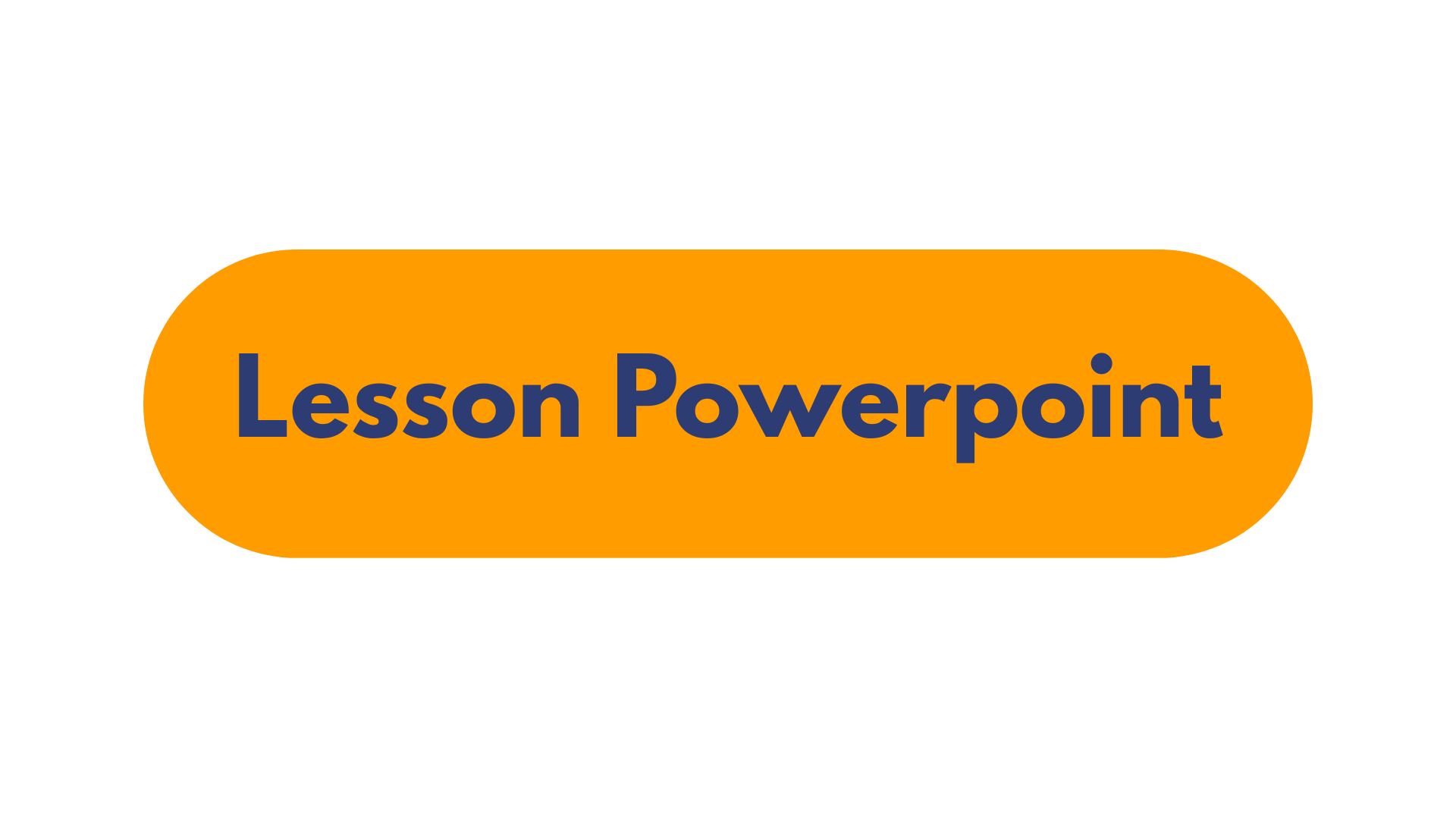
K2L10 Catapult Craze
Lesson Duration: 45 minutes
Grade: K2
Preparation Time: 15 minutes
Learning Objectives
In this class, the children will have the opportunity to design their very own catapults, inspired
by our learning about Simple Machines. We will organise a delightful marshmallow launching
competition, where each student proudly demonstrates the functioning components of their
catapult (which is a type of simple machine called a lever). It is going to be a time of joyful
exploration, as the children engage in measuring, estimating, engineering, and most
importantly, having FUN!
1. Students will be able to identify and describe the function of a catapult.
2. Students will be able to understand and demonstrate how changing the
location of the fulcrum affects the distance an object can be launched.
3. Students will be able to explore and explain how the weight of an object
affects its launching distance using a catapult.
Materials Needed:
- Lever board
- Wedge
- Launch objects: Marshmallows, objects of different weight: eraser, tabletennis ball,
paper clip, a coin, pom pom, cotton ball
- Prediction sheet
- Measuring Tape
- Paper bowls (as targets)
Preparation:
- A spacious, flat, open surface for the catapults to launch objects
- Familiarise with the related subject knowledge to ensure the smooth flow of the class
o Simple machines are mechanical devices that are used to make work easier.
o Lever is a special tool that helps us move things easily. It is made up of three
important parts: a solid beam, a point called the fulcrum, and two ends.o When we use a lever, we push or pull on one end, called the effort. This makes the
other end, called the load, move. The load can be something heavy that we want
to lift or move.
o The fulcrum is like a hinge in the middle of the lever. It helps the lever move up
and down. When we push or pull on the effort end, the load end moves in the
opposite direction.
o Levers use something called torque to work. Torque is like the power that makes
the lever move. It is the force needed to make an object turn around its middle or
pivot point.
o A catapult is a type of simple machine called a lever. A lever is a bar centered on
a turning point called a fulcrum that's used to raise or move weights. Levers make
it easier to lift heavy things, like a person or a seesaw.
Lesson Procedure
1. Warm-up Singing (5 minutes)
● Fill the room with music and excitement!
4. Experiment: Marshmallow Launching Competition 2. Exploration A: “What is a catapult?” (10 minutes)
Demonstration
● Introduce catapults
● Turn the lever board into a catapult:
o Pick up the board; find the middle notch on its side.
o Align this notch with the tab on the top of the wedge, and snap it into place. This
is the lever’s fulcrum.
o Place an object on one end of the lever board.
o Launch the object by quickly tapping on the other end of the lever.
o Measure how far the object was launched
3. Exploration B: ”How can you launch a greater distance?“ (10 mins)
On the board, teacher draws a chart to record predictions and findings
● Explore how placing the fulcrum at different locations under the lever board.
● Explore how objects of different weight affect the distance it could be launched.
(10mins)
● Try launching the marshmallow as far as possible, measure the distance the object was
launched
● Try launching the object onto a target or into a container.
5. Tidy Up (5 minutes)
● Time to tidy up! Make it fun – who can be the neatest explorer?● Reflect on the day's journey with a simple recap of their scientific adventure.
● Offer heartfelt praise for their efforts and the new knowledge they've gained.
Teacher Note:
● Remember, your enthusiasm is infectious! Bring energy and joy to the lesson.
● Be patient and offer guidance warmly to our young learners – they look up to you.
● Safety comes first, so keep a watchful eye as they handle their experiment tools.
● Encourage every attempt, celebrate every discovery, and nurture their growing minds.
● You're not just teaching; you're inspiring future scientists. Your support means the world
to them.